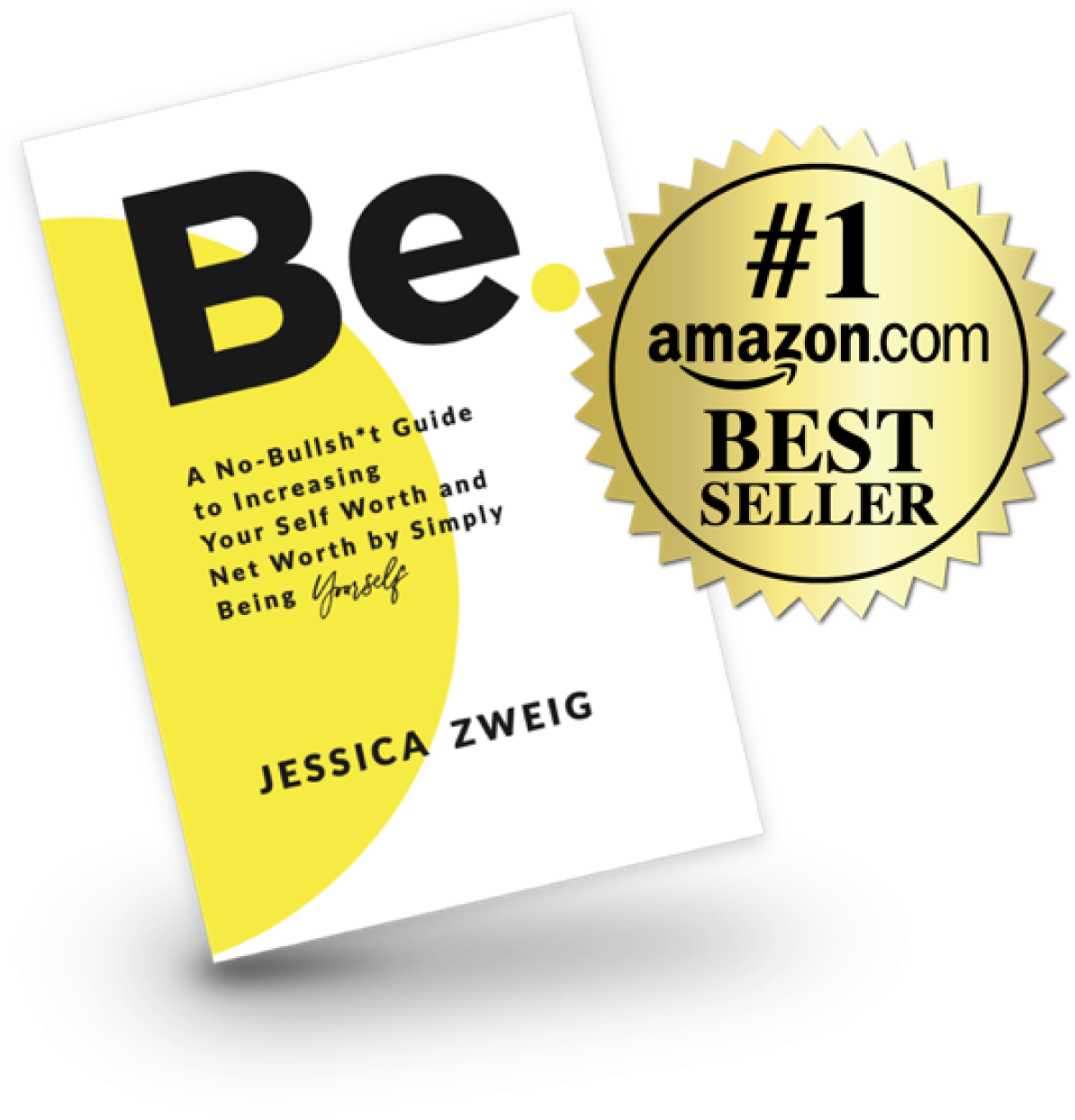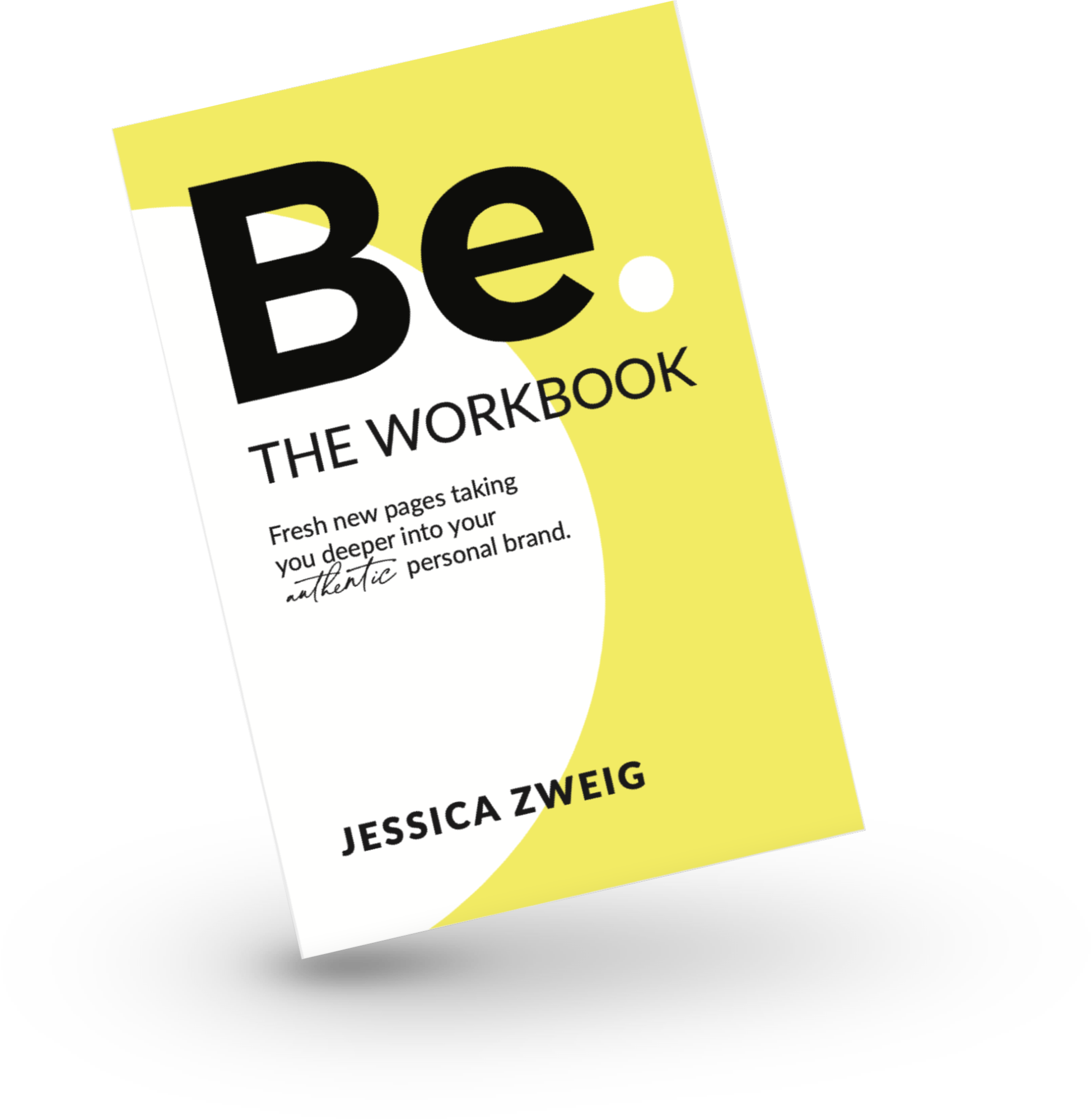It’s 2023. And every week, it seems, we hear about another layoff, another cutback, another reorg.
Each one comes with its own narrative—some are a huge surprise, while some are expected. Some are handled absolutely terribly, while some are handled exceedingly well.
But they all boil down to the same thing to those affected—it’s an unplanned, forced career pivot.
Layoffs are nothing new. Voluntary career changes are nothing new.
But both are becoming more and more common.
It’s exceedingly rare to find someone working at the same company for their entire career. The average American worker has 12 jobs throughout their lifetime, and as the younger generations take over the majority of the workforce, that number is only going up. As of 2023, people under 24 have approximately 3.8 more job changes than people over 45 years old, and they’re just getting started in their careers. (Zippia)
But it’s not just the entry level employee or individual contributor who wants out. At the end of 2022, a study found that a whopping 40% of executives planned on quitting in 2023 and that prediction has proved true so far this year, with multiple CEOs from big name companies already resigning, or announcing their intention of leaving, in early 2023.
The rise of the global, digital economy increased remote work opportunities (especially post-COVID), so workers are no longer limited by the job markets in their immediate vicinity. Shifting ideas of company loyalty and changes to how employee benefits are structured will only continue us on this job hopping path.
So, what do you do?
How do you prepare yourself to dive back into the job seeking world and safeguard against an unexpected employment status all at the same time?
You take advantage of the biggest asset you may have yet to activate: your personal brand.
You have experiences outside your work history… and you are not your resume.
Studies show your resume should not be the only thing employers look at when you apply for a job, but used instead as one part of the whole picture. Your presence online gives a much more rounded look at who you are and what you can offer a new employer.
And we agree.
Personal branding and one’s social media presence are already affecting hiring decisions. We believe considering someone’s personal brand will soon hold more weight in landing the opportunity than a resume—it’s already happening in some cases.
Optimize your personal brand now and get ahead of the curve—before your next career pivot.
Be proactive. Be empowered. Take dominion over your own career and be engaged with your future outcomes.
— Jessica Zweig, Founder of SimplyBe.
Important questions to ask when transitioning into a new role or facing a career pivot:
- What do I want to do? Do you want to change companies, or entire industries? Do you want a lateral move, or a higher-level job title? Do you want to work for a corporation, a non-profit, or for yourself? Getting clear on your ultimate objective in your career pivot or transition will inform everything else.
- How am I currently perceived? What do people think of when they hear your name? Poll your peers and network—ask them what value you provide professionally and/or personally and track consistencies you find. Make sure you ask a variety of people who know you well and those who don’t—knowing how you are perceived by people who are less familiar with you will help guide you to your next steps.
- How do I want people to see me? Do some competitive analysis. Does your ultimate goal for this career pivot include breaking into an industry or market that requires something you lack? Mind the gap—what’s missing from your network’s opinions and perceptions of you? Where can you lean in to tell a fuller, more accurate story?
The answers to these questions not only build on each other, but also serve as the foundation for what comes next. Creating the best possible personal brand for your specific needs requires clarity around where your personal brand currently stands, your objectives in where you want it to take you, and where your opportunities for improvement lie.
In other words, personal branding is not a one-size-fits-all scenario.
So what’s next in your career pivot?
Keeping the above three questions in mind, make sure your answers are aligned with each other and with your true goals.
But let’s take it a step further.
Look at the details of your personal brand—your social media presence, your original content, your press, your network…
SimplyBe. does this every day with our clients. We ask these exact questions. We assess and investigate our clients’ current brands. And we help optimize and activate it all.
But not everyone has the time or the money to have us do it for them.
So we’ve built a tool to get you started, DIY-style: The Personal Brand Audit.
You’ll find questions to ask when transitioning into a new role, as well as questions to get a sense of where your personal brand stands today. Whether you’re tweaking, reshaping, or completely starting from scratch, the Audit is a quick and easy way to get a snapshot look at your brand, paired with tactical strategies to help you raise the bar immediately.
The only rule here is to answer honestly (authenticity is always the way to go and it’s only going to help you in the long run). Cheers to building the brand called you.









